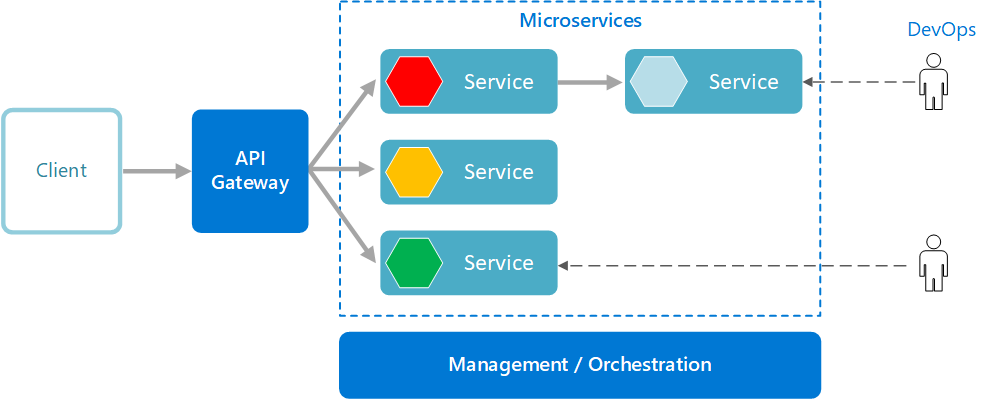Exploring Microservices Architecture: Benefits, Challenges, and Best Practices

Microservices architecture has emerged as a dominant approach for designing and building complex software systems. Unlike monolithic architectures, where all components are tightly coupled and interdependent, microservices architecture structures an application as a collection of loosely coupled services, each responsible for a specific business capability. This blog post explores the benefits, challenges, and best practices for implementing microservices architecture.

What Are Microservices?
Microservices are a style of software architecture where a large application is composed of small, independent services that communicate over well-defined APIs. Each service is responsible for a specific piece of functionality and can be developed, deployed, and scaled independently.
Key Characteristics of Microservices
- Single Responsibility: Each microservice focuses on a single business capability.
- Decentralized Data Management: Services manage their own databases.
- Inter-Service Communication: Services communicate via APIs, often using protocols like HTTP/REST or messaging queues.
- Independent Deployment: Services can be deployed independently, facilitating continuous delivery and deployment.
- Technological Diversity: Different services can use different technologies and programming languages.
- Fault Isolation: Failure of one service does not necessarily impact the entire system.
Benefits of Microservices
Scalability
Microservices allow individual components to be scaled independently based on demand. This can lead to more efficient resource utilization and cost savings.
Flexibility in Development
Teams can develop and deploy services independently, using the best tools and technologies for each specific service. This promotes a more agile and flexible development process.
Agility
With microservices, new features can be added and deployed rapidly without the need to update the entire system. This enables faster innovation and quicker response to market changes.
Resilience
The isolation of faults in a microservices architecture means that the failure of one service is less likely to impact the overall system, improving its resilience and uptime.
Challenges of Microservices
Increased Complexity
Managing a large number of microservices can be complex, requiring sophisticated orchestration and management tools.
Data Consistency
Ensuring data consistency across distributed services can be challenging and may require implementing eventual consistency models.
Network Latency
Inter-service communication over a network introduces latency, which can affect performance.
Deployment
Deploying and managing multiple services can be more complicated than deploying a single monolithic application.
Best Practices for Implementing Microservices
Design Services Around Business Capabilities
Each microservice should correspond to a specific business capability. This alignment ensures that services are cohesive and focused.
Use Domain-Driven Design (DDD)
Domain-Driven Design principles help in defining clear service boundaries and ensuring that each service has a well-defined responsibility.
Implement API Gateways
API gateways can manage and route requests to the appropriate services, handle authentication, and provide a single entry point for clients.
Automate Testing and Deployment
Continuous integration and continuous deployment (CI/CD) pipelines are essential for automating testing and deployment processes, ensuring that changes can be delivered quickly and reliably.
Monitor and Log Everything
Comprehensive monitoring and logging are crucial for managing a microservices architecture. Tools like Prometheus, Grafana, ELK stack, and Jaeger can provide visibility into service performance and help in diagnosing issues.
Use Service Meshes
Service meshes like Istio or Linkerd can manage inter-service communication, handle retries and circuit breaking, and provide additional security and observability features.
Conclusion
Microservices architecture offers a powerful approach for building scalable, flexible, and resilient applications. By breaking down a large application into smaller, independent services, organizations can achieve greater agility and faster time-to-market. However, the benefits come with increased complexity and the need for robust management practices. By following best practices and leveraging appropriate tools, the challenges can be effectively managed, enabling successful implementation of microservices architecture.
For more insights and updates, connect with me on LinkedIn.